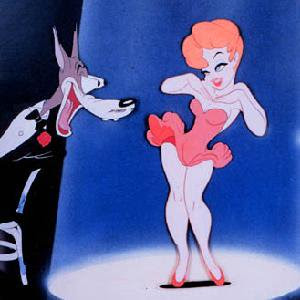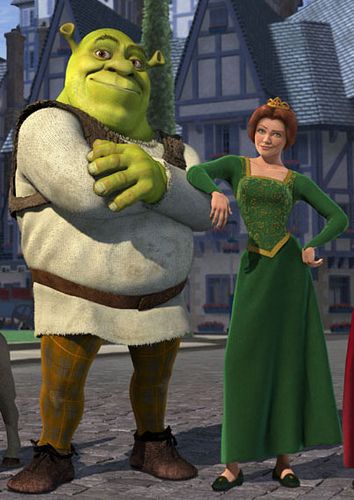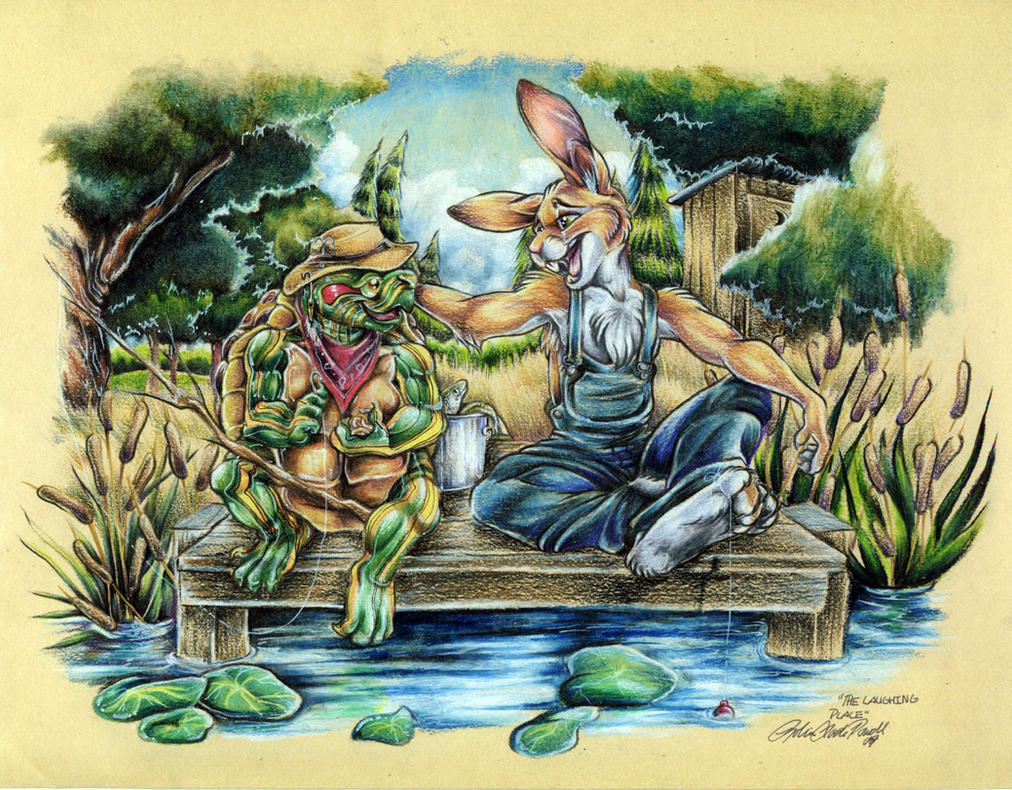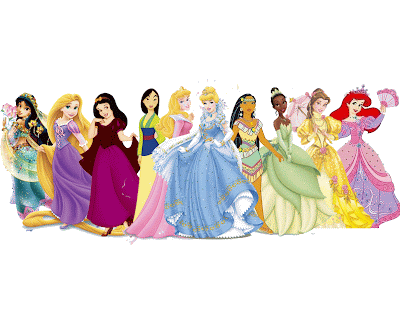Fairytales, at face value, are meant to entertain children through the use of magic, youthful wisdom and the dream of everyone having a piece of true love and happiness. Deceivingly, the intended messages of these fairytales often are primarily surrounded by societal norms of the expectation for children, especially girls. By analyzing two fairytales, Little Red Riding Hood and Beauty and The Beast, we will discuss the issue of women in fairytales.
 In Little Red Riding Hood (LRRH), in reference to the Brother's Grimm version, a young girl is on her way to deliver goods to her ill grandmother who lives a way from the village she lives in. Along the journey she is sidetracked by a wolf who tricks her into telling him about her plans for the day. The wolf takes advantage of this opportunity by eating the grandmother and disguising as her until LRRH arrives. She too is then eaten by the wolf, but then later saved by a lumberjack whom cuts open the wolf and fills him with stones. This caused the wolf to die and allowed LRRH to live happily ever after.
In Little Red Riding Hood (LRRH), in reference to the Brother's Grimm version, a young girl is on her way to deliver goods to her ill grandmother who lives a way from the village she lives in. Along the journey she is sidetracked by a wolf who tricks her into telling him about her plans for the day. The wolf takes advantage of this opportunity by eating the grandmother and disguising as her until LRRH arrives. She too is then eaten by the wolf, but then later saved by a lumberjack whom cuts open the wolf and fills him with stones. This caused the wolf to die and allowed LRRH to live happily ever after. Symbolically, the story is telling the puberty ritual experienced by young girls. In most versions, the young girl is described as the most attractive female in the village and having some eye-catching feature, which is typically a mature red color. This color choice is believed to stand for menstruation, which coupled with her solo journey away from her home, which symbolizes her leaving a state of her dependence on her parents. It is then suggested that her naivety to the wolf's foolery, both in the woods and in the house, and the disregard of her mother's stern words was her subconscious sexual drives. This is reinforced by the fact that LRRH still climbed into bed with him, against her "staged" suspicions. Lastly, her being eaten by the wolf, symbolizing him taking her virginity, and then her later being cut out, symbolizing her being reborn into adulthood, reinforce the idea that the overall message of LRRH is about the transition from young girl to womanhood.
On the other hand, in Beauty and The Beasty (BATB) is the story of a young girl, whom has to make some sort of sacrifice that separates her from her family and forced into the home of a beast. She is then given bad advice from a relative, which causes turmoil in the relationship between the beauty and the beast and is sent on a quest to get him back. After which, he returns to human form and they live happily ever after.
Symbolically, this story is intended to soothe the marital anxieties experienced by young girls in arranged marriages. This is shown immediately by the young girl being forced to make the sacrifice for the family, since her hand in marriage was usually traded between families. The monstrous appearance of the beast is meant to exaggerate the physical characteristics of an older man in the eyes of a young girl (bearded face, chest, leg, and arm hair, etc.). The overall quest, and it's completion, is meant to symbolize the extent in which beauty goes in order to restore the relationship between her and the beast to represent the idea that young girls will eventually learn to love their new husbands. The revealing of the beast in human form, represents the way in which beauty finally accepts him for hid true self and shows the dehumanization of the beast.

 T
T



